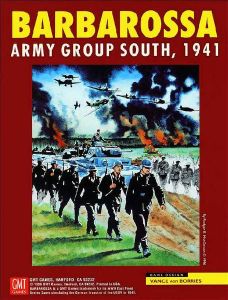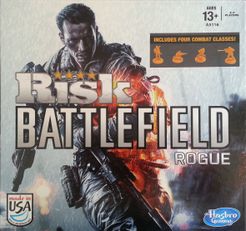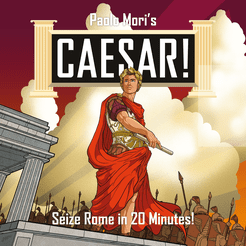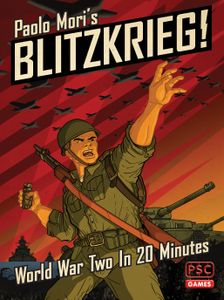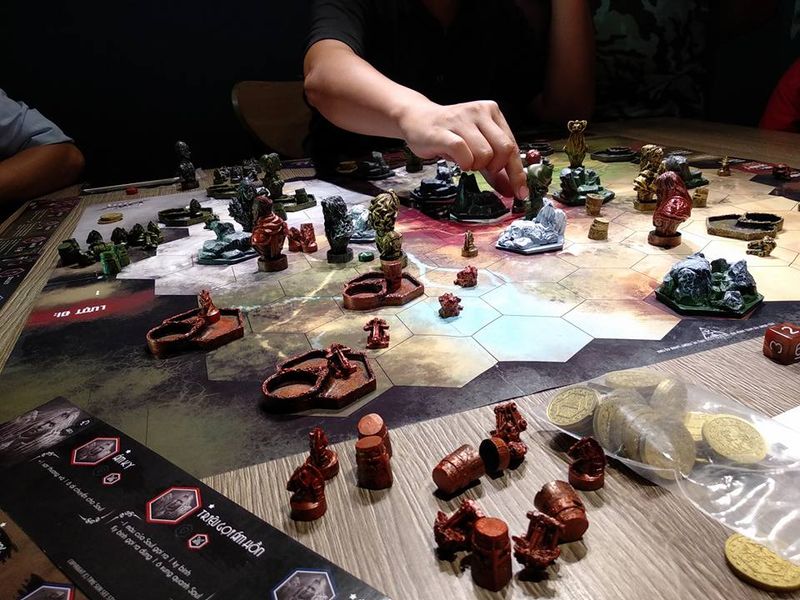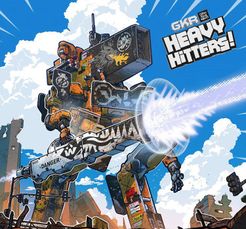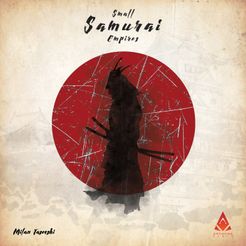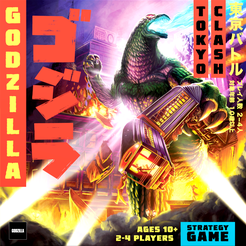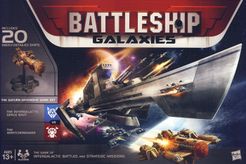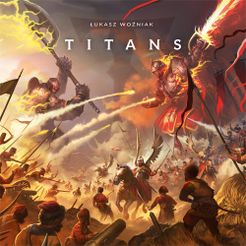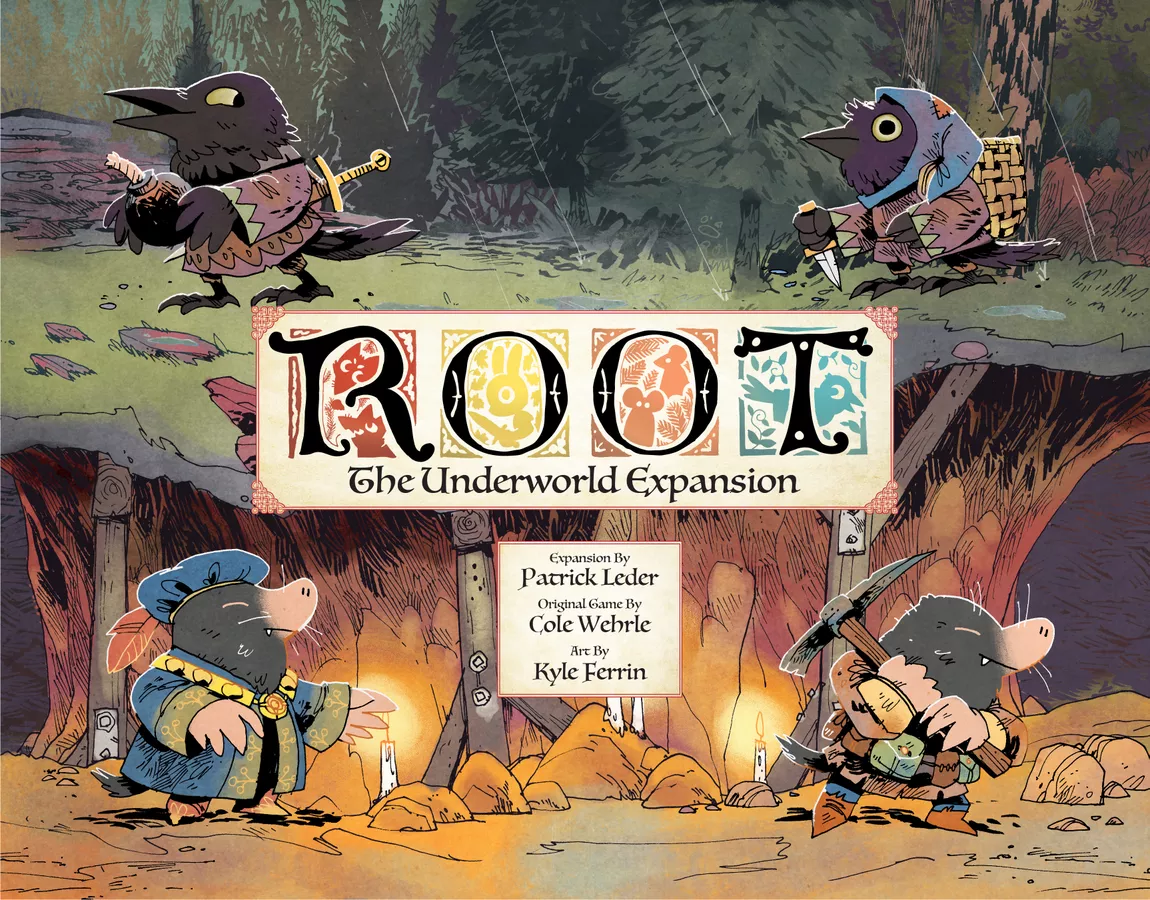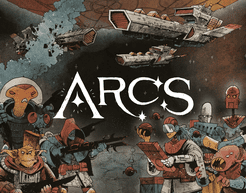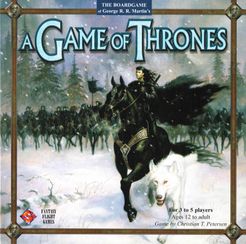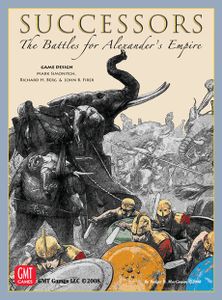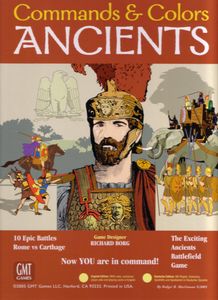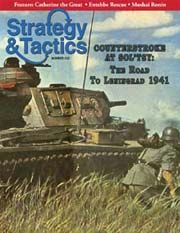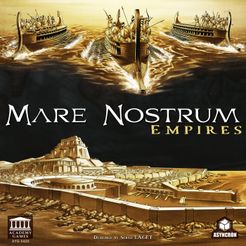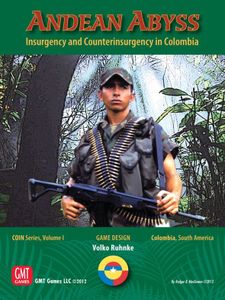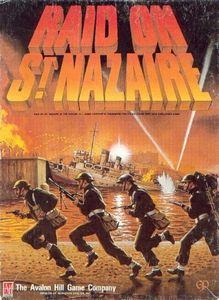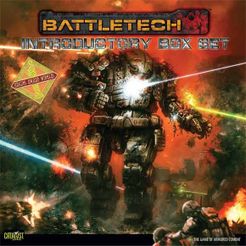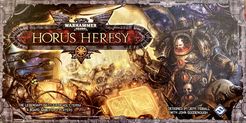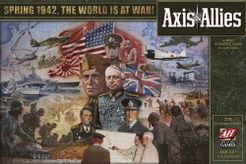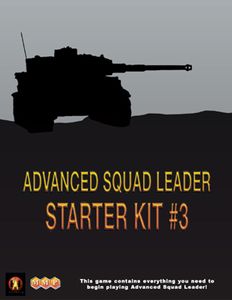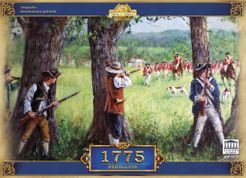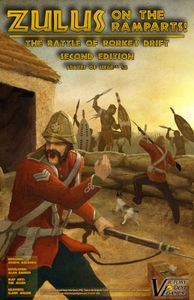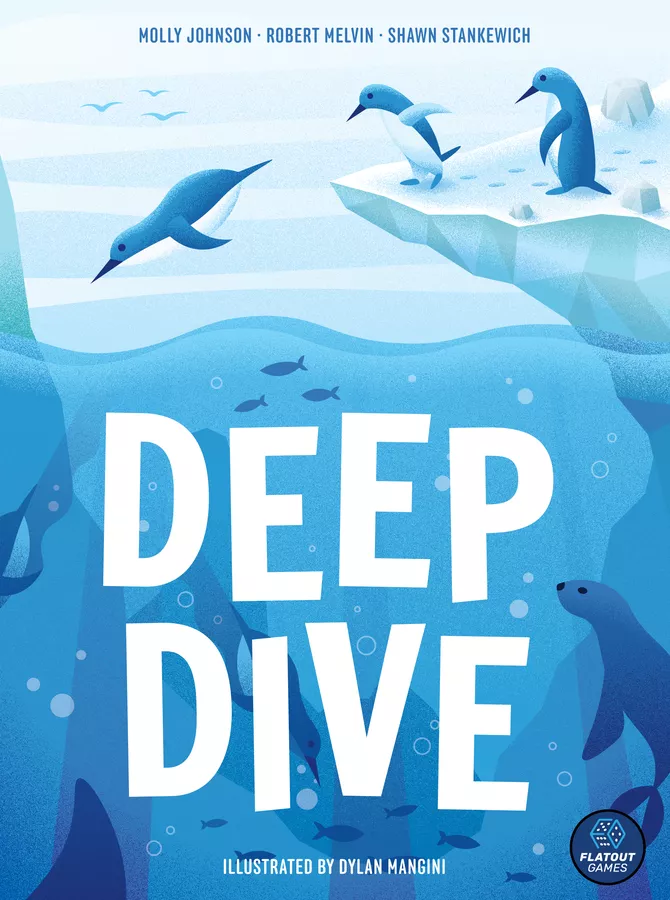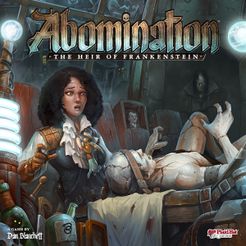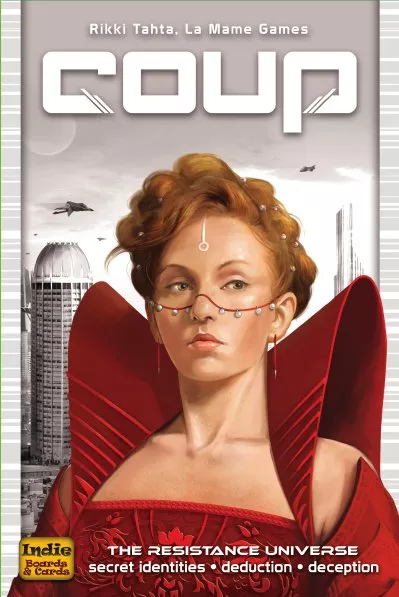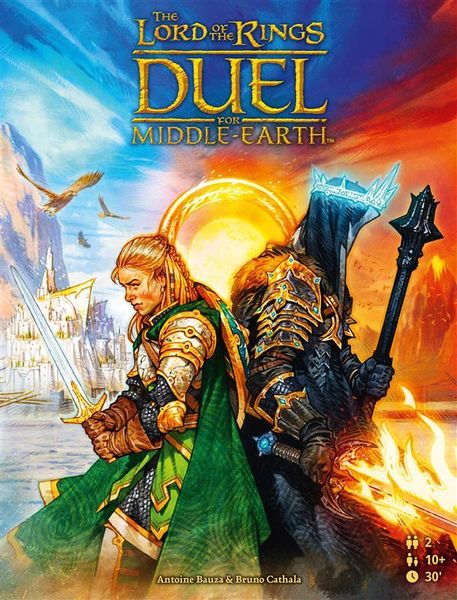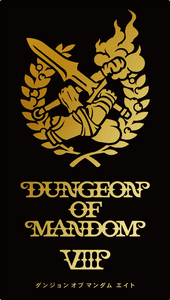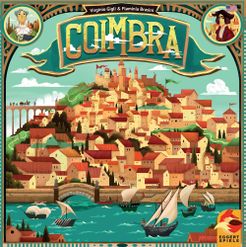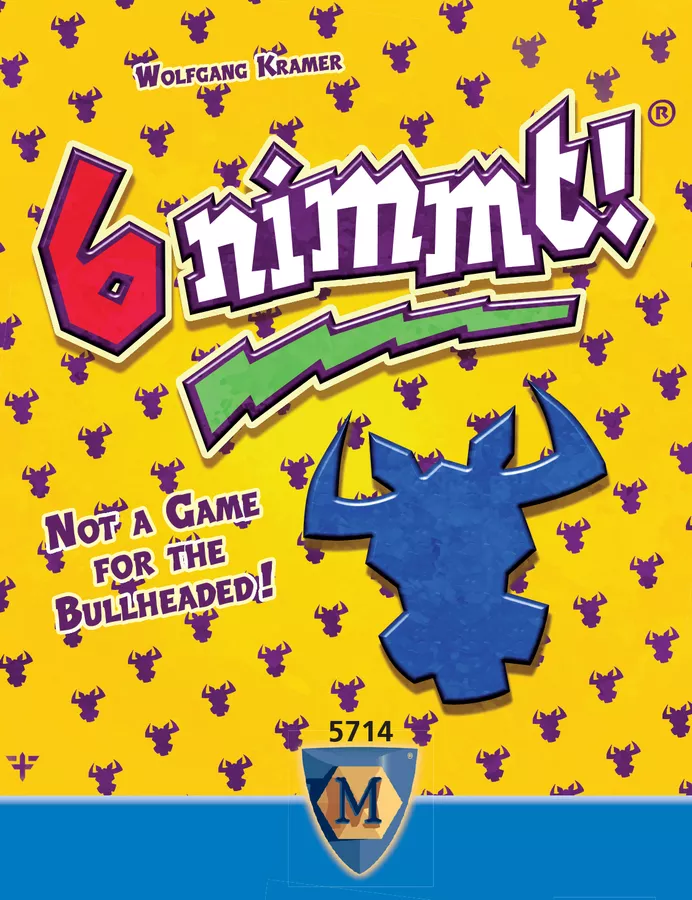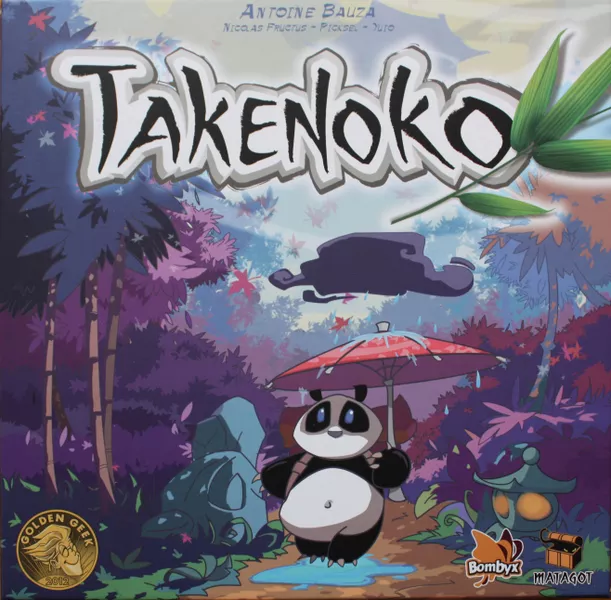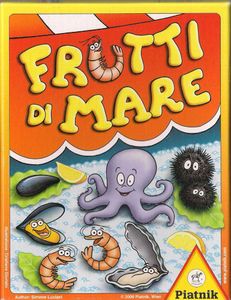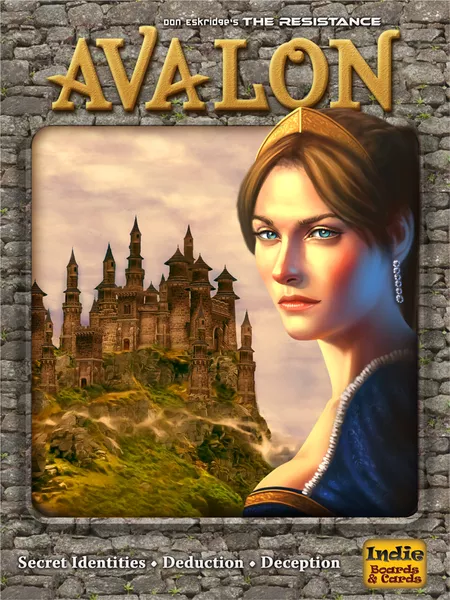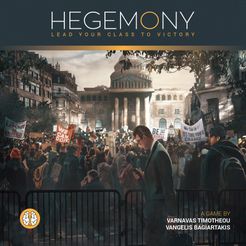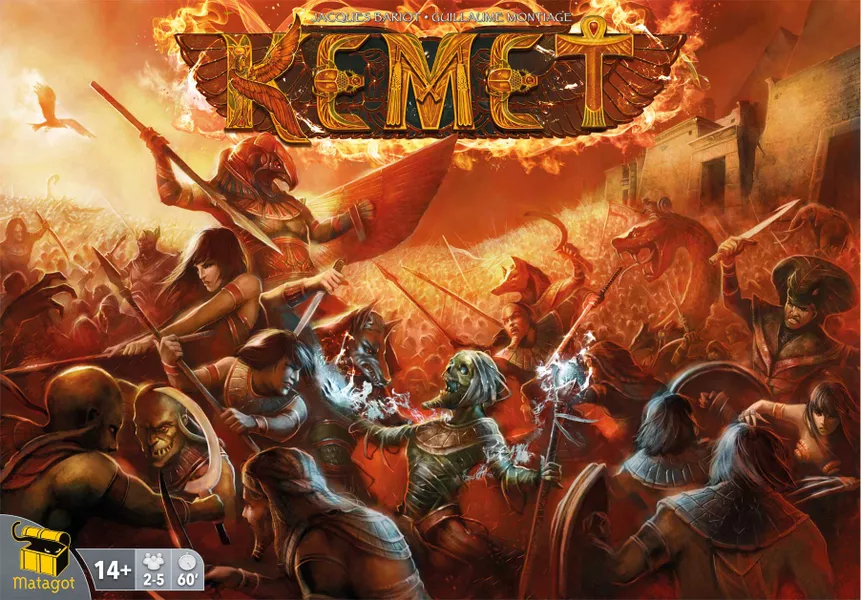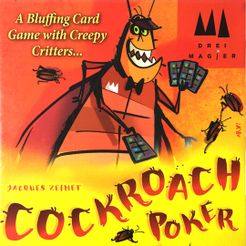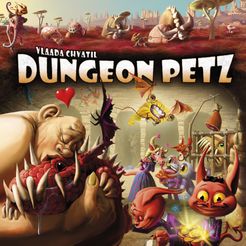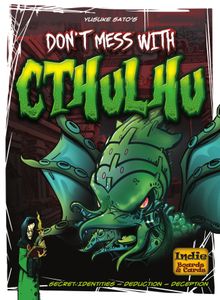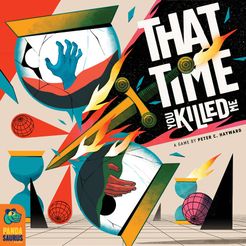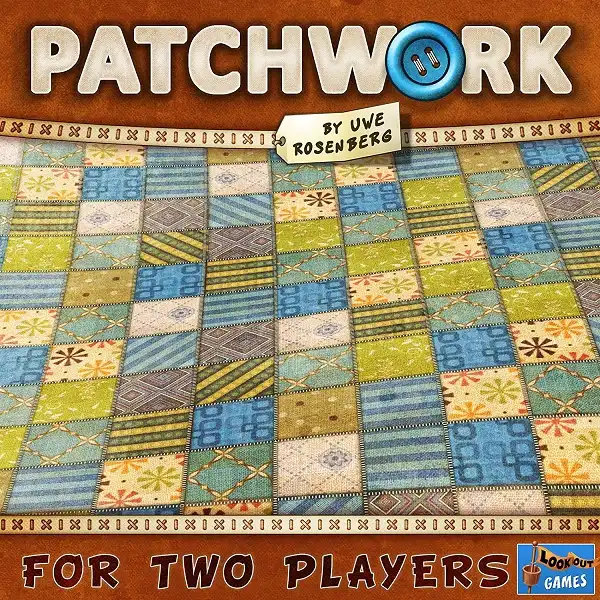Barbarossa: Army Group South, 1941 (1996)
- Giới Thiệu
- Hướng Dẫn
- Video
- Chơi Ngay
- Giải Thưởng
- Đánh Giá & Bình Luận
June 1941 -- the German juggernaut rolls over the Soviet Army. As the tally of encirclements and surrenders mounts, the German advance appears unstoppable to Hitler and many others. However, the officers and men at the front are beginning to have serious misgivings -- not in themselves, but in the pre-war intelligence estimates that they had received. They had not been prepared to encounter hundreds of KV-1's and T-34's, tanks far superior to anything they possessed. For the moment, German tactics provided the margin of victory over better material, but the Russians were proving to be quick learners. Worse yet, by western European standards, Russian losses had been so staggering that there should have been no army left to fight. Not so. There seemed to be no end to these tenacious Russian defenders. As the German forces continued their eastward advance, more and more soldiers began asking, "What have we gotten ourselves into?"
Kiev, the first major German objective in the south, did not fall on schedule. In fact, Soviet resistance was so fierce that it required diverting Guderian's Panzer Group away from the advance on Moscow. Kiev fell in one of the greatest encirclements of the Second World War, but the German advance on Moscow was delayed for several critical weeks. Quite possibly the delay at Kiev might have cost the German forces victory in the battle for Moscow.
840 full-color two-sided counters.MAPS
Three 22x34" and one 17x22" full-color mapsheets
OTHER One 10-sided die
36-page Rule Book
36-page Play Book
Player Aid Cards: four two-sided Soviet Set-Up cards, four two-sided Axis Set-Up cards, Soviet Status card, Axis Status card, two 11x17 two-sided game chart cards, two cards of additional scenario charts.
Eight scenarios allow players to vary their level of involvement, complexity, and starting point, from introductory to full campaign
An asymmetrical sequence of play that highlights Axis armored breakthroughs and Soviet difficulties in combined arms warfare
Detailed air rules that integrate with land combat and weather rules
Incredibly detailed orders of battle, including special coverage of artillery, rocket artillery, engineers, bridge units, armored trains, and much more
Modifications to the proven Typhoon system include revised overrun and Soviet surrender procedures, as well as a new non-op Soviet HQ system to simulate the rigid yet fragile Soviet Command structure
Extensive bibliography and design/historical notes
Scenarios include;
Scenario #1 "Assault on Kiev" which uses a portion of map G. GT#21 to GT#28
Scenario #2 "Odessa" which uses a portion of Map F. GT#26 to GT#40
Scenario #3 "Rundstedt Attacks" which uses most of Map E. GT#1 to GT#6
Scenario #4 "Operation Munich" which uses portions of maps E and F, an optional rule allows map E to be omitted. GT#6 to GT#17
Scenario #5 "Campaign Game" which uses all of maps E,F, and G. GT#1 to GT#28
Scenario #6 "Uman Pocket" which uses maps F and G. GT#9 to GT#28
Scenario #7 "Rostov" which uses small map R. GT#T19 to GT#T33 (note Typhoon style game turn code).
Scenario #8 "Counterattack" which uses small map R. GT#T30 to GT#T32
Video
Nơi mua Barbarossa: Army Group South, 1941 (1996)
*Chúng tôi có thể được hưởng hoa hồng khi bạn mua hàng qua liên kết của các nền tảng thương mại điện tử này.



